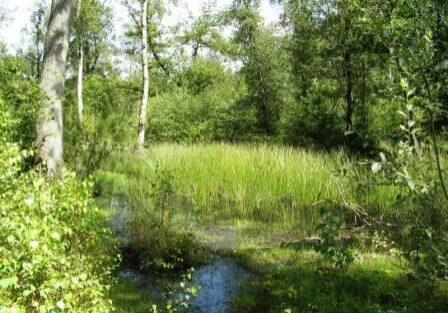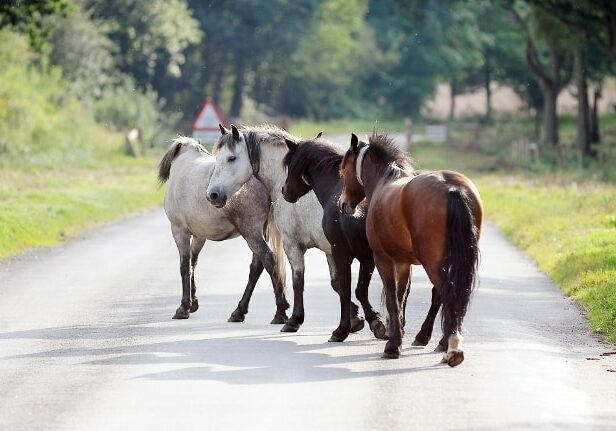The most pressing job for the voluntary sector was now to claim public paths for the new definitive maps. While the Ramblers organised coachloads to survey paths in thinly populated countryside, the society staidly focused on the legal elements, issuing technical advice on how to claim paths.
Secretary Humphrey Baker published a booklet for local councils. R V Vernède, the assistant secretary, wrote a series of articles in the society’s Journal explaining the rights-of-way survey, reporting progress and reminding readers that the society had long advocated surveys to remove uncertainty about rights.
The first definitive map was published in 1956 by Durham County Council. Even today coverage is not quite comprehensive.
The 1949 act had failed to deal with commons but the society continued to champion their cause. Commons were threatened by the intensification of their agricultural productivity; the society pressed the Ministry of Agriculture to undertake a broad, high-level investigation.
In July 1955 the government announced a Royal Commission on Common Land charged ‘to recommend what changes, if any, are desirable in the law relating to common land in order to promote the benefit of those holding manorial and common rights, the enjoyment of the public, or, where at present little or no use is made of such land, its use for some other desirable purpose’.
The commissioners travelled through England and Wales for 18 months, gathering evidence—from 156 organisations, 97 individuals, 61 county and 81 county borough councils.


The society prepared its evidence early and publicised it to garner support. It recommended management schemes and strong and representative committees to ensure the better use of commons. Public access was to be part of the scheme, and the status of commons was to be preserved to prevent enclosure. The society advocated a commons commission to approve schemes.
The society was the first non-government body to present evidence to the commission, taking two days to do it. When the report was published on 18 July 1958 the society was pleased because many of the recommendations chimed with its proposals. This was the start of a new era for commons.
The Royal Commission on Common Land proposed legislation to achieve the following:
- county and county borough councils in England and Wales to become the commons registration authorities;
- all commons, their rights and owners to be recorded on registers held by these authorities;
- commons commissioners to be appointed to determine disputed registrations;
- the ownership of unclaimed commons to be vested in the public trustee;
- land which is common at the passing of the act to remain common. No inclosure of commons except for compulsory acquisition in accordance with special parliamentary procedure.
- inclosure and other acts to be repealed;
- all commons to be open to the public as of right (‘anything less than this would not prove satisfactory,’ said the commission);
- any owner or commoner or local authority to be able to promote a scheme for managing and improving commons;
- town and village greens to be registered.
